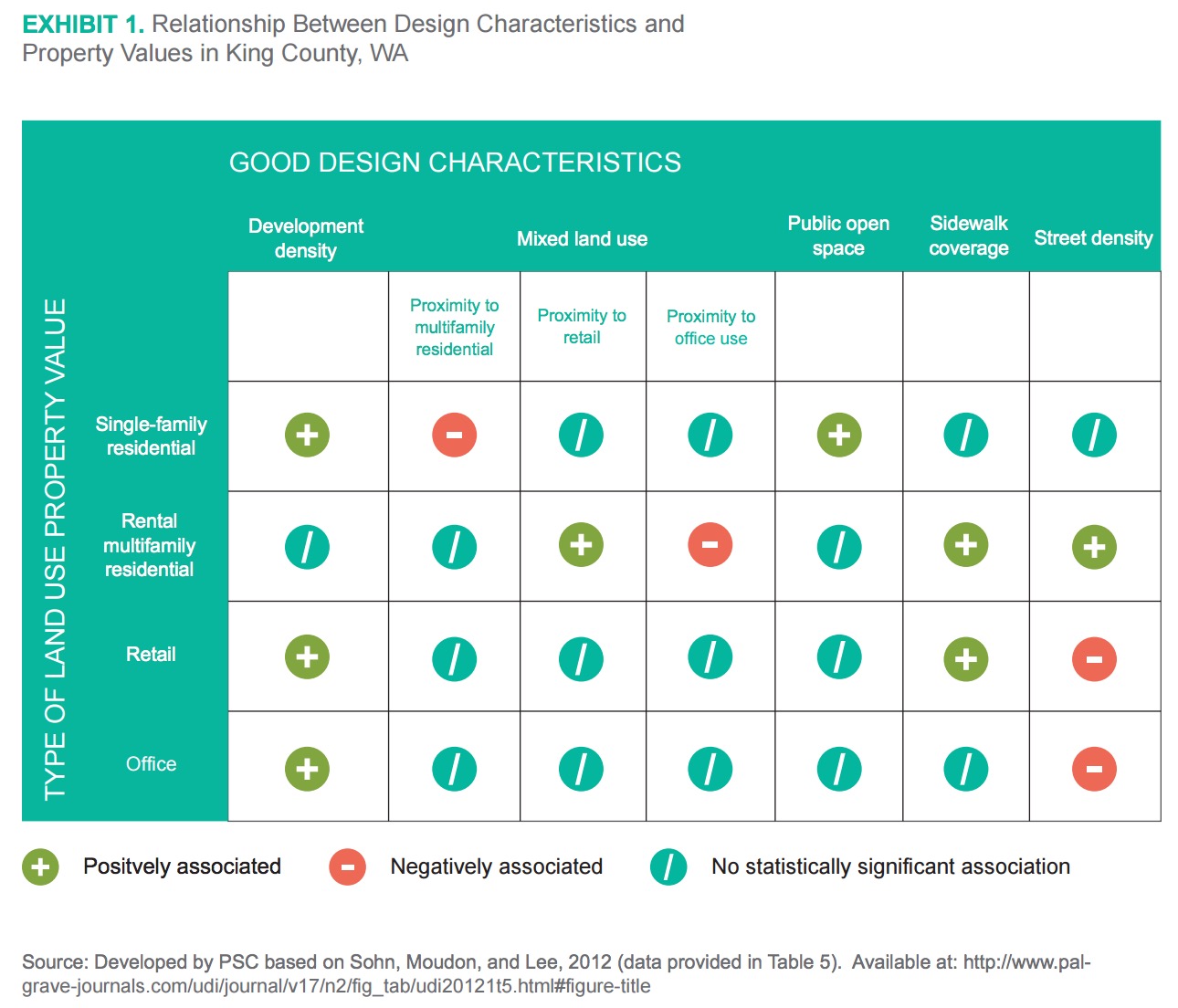MICHIGAN MUNICIPAL LEAGUE
Executive Summary
The Michigan Municipal League (MML), through its public policy forums, research, and education, identified eight assets that Michigan’s communities need to grow and strengthen in order for our state to prosper in coming years. In 2015, MML hired Public Sector Consultants (PSC) to evaluate the relationship between these eight assets and economic growth indicators like income, employment, property values, educational attainment within the workforce, and new business starts.
PSC found significant research connecting these assets to economic prosperity, and that, given the uniqueness of every community, these asset areas are most effective when combined (in part or in total) to match specific communities’ needs. Some of the key findings for each of these asset areas are summarized below.
- Physical design and walkability is positively correlated with property values, income, educational attainment, employment, and new business starts.
- Many businesses are also increasingly making their expansion, relocation, and new business development decisions based on which communities are most walkable.
- Mixed use, walkable downtown developments generate ten times as much tax revenue per acre, save almost 40 percent on up front infrastructure costs, and result in about 10 percent lower costs for service delivery than sprawl development.
…
- Multimodal transportation systems that accommodate walkers, bikers, bus and rail passengers, and drivers facilitate economic prosperity and growth.
- Residential property values increase based on proximity to bus or transit stops, to as much as 150 percent.
- Transit and bicycle infrastructure are also correlated with increased jobs and wages
…
- Policies and investments that support environmental sustainability positively affect community image and attractiveness, and can increase property values, incomes, and employment levels.
- Parks and trails help attract and retain well-educated professionals and, in turn, influence businesses’ decisions on where to locate or expand.
- Seventy (70) percent of communities’ green infrastructure assets, such as wetlands, water, or trails, have a positive impact on population, income and employment levels.
…
- Arts and cultural amenities improve a community’s competitive edge, contribute to a sense of place, and attract visitors, talent, and businesses.
- In Michigan, Grand Rapids’ ArtPrize is an example of the connection between arts and economic prosperity. The three-week art competition draws almost half a million visitors each year and generates over $20 million in economic impact.
…
- Entrepreneurial activity, measured through venture capital investment, is positively related to incomes as well as the percentage of adults who are college graduates.
- It is also positively related to density, biking to work, and employment in the arts, thus reinforcing the relationship between the eight assets.
- Growth-oriented entrepreneurial startups, particularly high-tech companies, are generally responsible for most small business new job creation.
…
- There is generally more venture capital investment in communities with greater diversity and a welcoming culture.
- Studies show that more foreign-born workers in a community is related to increased jobs for U.S. natives.
- During the 2014–2015 academic year, for every seven international students enrolled in U.S. colleges and universities, three U.S. jobs were created and supported by international student spending on higher education, lodging, entertainment, retail, transportation, telecommunications, and health insurance.
…
- Improving school quality and test scores is related to increased home values of as much as 3 percent.
- Education attainment levels have also been associated with higher wages and below-average unemployment.
…
- Communities that more regularly communicate information to their residents and who invest in technology infrastructure (e.g., public Wifi or mobile applications), are improving community attractiveness and related job and business growth.
- Investments in technology, such as high-speed internet infrastructure, accelerate business development by supporting innovation and entrepreneurialism, expanding existing businesses, and creating e-commerce opportunities.
Download full version (PDF): Creating 21st Century Communities
About the Michigan Municipal League
www.mml.org
The Michigan Municipal League is dedicated to making Michigan’s communities better by thoughtfully innovating programs, energetically connecting ideas and people, actively serving members with resources and services, and passionately inspiring positive change for Michigan’s greatest centers of potential: its communities.
Tags: Michigan, Michigan Municipal League, MML, Pedestrian, PSC, Public Sector Consultants








 RSS Feed
RSS Feed